Hold on Trules! This is supposed to be “Santa Fe” Substack. What’s with the treason? Writing about another city? And Chicago? C’mon! Home of foul meatpacking and putrid swine? The icy, cutting winds off Lake Michigan? The City that hosts raucous and violent political conventions? (Okay, this last Democratic one of 2024 went fine, but what about ‘68: long-haired, counterculture protestors in the street, police with head-beating batons, the Dada-esque birth of The Yippies, the pre-Trump fascist, Hizzoner Mayor Dick Friggin Daley?)
I could go on….
I know that some of you remember 1968… the assassinations of Martin and Bobby, Vietnam in full swing… not a particularly good year for peace and love.
But to continue my case of not betraying Santa Fe.
Check out my revised Santa Fe Substack “publication short description”:
Life and Culture by Eric Trules from "The Land of Enchantment". After 40 years in the LA desert, Trules now uses The City Different as a "launching pad" to tell stories about himself, the arts, history, family, and whatever else strikes his fancy.
See? Now I can write about anything: arts, culture, politics, anti-Semitism on Long Island in the 1950s, a road trip across America in 1970, margaritas, mothers-in-law, losing dear friends, toasting impactful, tenacious teachers…. anything at all. The world is a lot bigger than Santa Fe, New Mexico, right?
So… onward… I mean backward… to Chicago, “The Meatpacking Capital of the World”. “The Windy City”. 1970. That’s when I drive into the third biggest city in America - in “Steppenwolf”, my 1964 steel blue Pontiac Tempest with the army-camouflaged left rear fender. We’re a team, “Wolfie” and me, back in the day when I packed up everything I needed into that olive-drab duffle bag, withdrew my $850 Bar Mitzvah money which I’d hoarded away since I was thirteen, and started driving south from The Bowery and Delancey in Manhattan to… points unknown. On my Jack Kerouac/Bob Dylan personal odyssey — "to discover America like it was one big map”.
We’d been “on the road” for about four months, having departed on March 21, 1970, the first day of Spring.
Ok, wait… don’t stop reading here.
1970! That’s a lonnnnng time ago, Trules. Why do you think I’d be interested in anything that happened to you, or anybody, 54 friggin’ years ago? That’s more than half a century ago….
Patience, dear readers. I hope to be writing a good story here. About Chicago “back in the day”, when Lincoln Avenue, the former dirt cowpath, just west of “New Town” off “The Lake” in “The City of Big Shoulders”, another moniker for Chicago… was the “hot and happening street” in the early 1970s, the creative hub of an explosive Chicago renaissance in the arts. Dance and theater, the blues, culinary gems, a little vicarious film… that’s what I know most about, so… patience.
Recognize that? It’s “The Biograph”, the notorious movie theater where John Dillinger, America’s “Gangster #1 during the Roaring ‘20s” was finally gunned down on July 22, 1931, at age 31, after commanding the infamous Dillinger Gang, which was accused of robbing twenty-four banks and four police stations. That’s right - badass John Dillinger - shot right there - on Lincoln Avenue! Just north of Fullerton. What more could you want of a street?
Anyway… Wolfie and I drive into town, July 1970, - having already covered the entire Eastern seaboard, from The Bowery to Washington D.C on the first day’s drive (now that’s a change of scenery)… onto Richmond, Charlotte, Charleston, Savannah, the entire east coast of Florida down to Hemingway’s and Bogart’s tiny island Keys, west across the heart of the South, to George Wallace’s Selma and Montgomery, Alabama, marching straight into the civil rights’ Jackson, Mississippi. Then up through country music’s Memphis and Nashville, Tennessee, of course making a mandatory stop in Kentucky to visit the boyhood home of Cassius Clay, “The Louisville Lip”, one of my childhood heroes. Then further north through Cincinnati (where we’re threatened by a 7-year locust plague), onto Gary, Indiana (think “The Music Man”), and finally, about four months later, pulling into blue-collar Chicago.
I haven’t washed my tangled Jewfro locks in those entire four months, nor slept in a “real bed” in just as long. So… what do we do? Me and The Wolf pull up to Beatrice’s and Alfred’s apartment on Eugenie, a tony and leafy street in the heart of tourist-friendly Old Town, also home of the Second City comedy troupe.
You remember Beatrice, right? No, of course, you don’t. That’s because I’ve just changed her name yet again. But I’ve had a crush on her since 8th grade when we dissected mice together in Mr. Wayne’s biology class, and I carried her books home one day in high school. But of course, after college, she married Alfred, an Amish conscientious objector, when I didn’t exactly… rise to the occasion.
Beatrice and Alfred send me half a block down the street to 1848 N. Wells Street at the north end of Old Town.
I think they have a theater there… right down the street. Maybe you’ll be interested.
A simple suggestion. But one that changed the course of my life!
I climb the old wooden stairway (the building is marked for demolition), and lo and behold - there’s the Columbia College Theater department - rehearsing the play, “Naked Lunch”, by beat writer, William Burroughs, updated to the aforementioned 1968 Democratic National Convention.
The director, Don Sanders, a young London “hepcat”, takes a glance over at me, stops rehearsal, and says,
Are you an actor?
Uh, I hesitate, and then just outright lie. Yeah.
Well, I like your look (referring to my still-tousled Jewfro). We need an actor to play Abbie Hoffman (one of the defendants in the trial of Chicago 8 and co-founder of The Yippies). You want the role?
Uh, I stammer again, when does it start?
Right now, Sanders says as charmingly as he can.
I swallow my Adam’s apple and wisely say, I just got into town. Can I think about it overnight?
Sure, man. It doesn’t pay, but the show’ll be a cheeky sensation.
That’s convincing, right? A “cheeky sensation”. But, I say to myself on the way out of this old wooden-floored converted factory,
I’m not an actor. I was in one performance for one night in the East Village just before Wolfie and I split from New York. I was part of the amateur Appearance Dance Troupe, doing a piece way Off-Broadway, naturally called, “Disappearance”.
On the way out of the loft/factory, at the top of the stairs, I see a bulletin board with a mimeographed notice:
AUDITIONS FOR MALE DANCERS. THE DANCE TROUPE in RESIDENCE AT COLUMBIA COLLEGE. FRIDAY 6 PM.
That’s tonight… in about 4 hours.
I half-trot the half block back to Eugenie, borrow a pair of Alfred’s red sweat pants, and “the rest”, as they say, “is history.
Somehow, miraculously, most probably because of the director, Shirley Mordine’s, desperation, having just lost her one and only male modern dancer, I “pass the audition”… which is absurd because they have me doing some rapid-fire Khatak Indian dance steps, where I look exactly like the auditioning male dancer flailing about in the opening title sequence of Bob Fosse’s great film, All That Jazz.
But that’s how it begins.
I become a “professional modern dancer” in “The Dance Troupe” (in residence at Columbia College) for the next 7 years. With absolutely no previous dance training, other than my two months “disappearing” in New York, along with a childhood full of playing every sport imaginable. Also with, most importantly perhaps, a passionate hunger for self-expression and creativity.
Soon I’m teaching “movement” to those same theater kids, some my own age, who were in the production of “Naked Lunch”, in which of course I never performed. But teaching college? This is equally hard to believe… but the fact is that Columbia’s theater kids hate Shirley’s button-down and traditional approach to dance, and Shirley hates them back. Hence… Shirley’s offer, my acceptance, and the debut of “Professor Trules 1.0”, 22 years young.
The Dance Troupe is at the vanguard of contemporary “dance-theater” before it starts being called “performance art”. Shirley works collaboratively with company members to create original characters, non-traditional choreography, unique set/environments, and scores composed by avant-garde jazz musicians like Henry Threadgill of AACM. “The Troupe” becomes the best-reviewed dance company in town, and even though I have little to no training, Linda Winer, dance critic of the “Chicago Tribune” singles me out for personal praise, while my favorite kudo is from performance diva, Meredith Monk, who calls me “The Nijinsky of Chicago dance”. Ha!
But seemingly, overnight… I’m dramatically transformed from being a mere counter-cultural, tousled-haired vagabond “with no direction home, a complete unknown, like a rolling stone”, to “a man about town”. “An artist”. A somebody in the Windy City. And the next seven years become the most formative and memorable of my life. I make deep, lasting connections with members of The Dance Troupe and then MoMing, where I learn to choreograph, direct, produce, write grants, lick labels all night for mailing lists, seduce women, and become a clown. And it’s this discovering myself in my 20s in Chicago, not my 13-year-old Bar Mitzvah on Long Island, that makes me “into a man”.
One day, I get a mysterious phone call from a character who calls himself “Eleven”. Not Twelve, but “Eleven”. He’s worked with Charles Ludlam’s Obie-winning Ridiculous Theatrical Company in New York, and he wants to bring one of the most Ridiculous and outrageous of Ludlam’s spectacles, “The Whores of Babylon”, to Lincoln Avenue in Chicago.
Is this the infamous Eric Trules?
Well, it’s Eric; I’m not sure exactly how infamous I am.
The highly theatrical, effeminate voice tells me his name, “Eleven”, not Twelve, and says,
Well, I’ve read allll your reviews, and I’d like to ask you to play Samson in The Godzilla Rainbow Troupe’s production of “The Whores of Babylon”.
Well, I’m flattered, Mr. Eleven, but I have dance performances every weekend.
No problema. The show runs at midnight.
And just like that, I find myself “being an actor”, playing short-tunic-ed Samson with 3 different Delilahs, all dressed in exotic and sequined drag, draped off both my arms. It’s totally outrageous. As is the show, which hits the Chicago arts scene like a bombshell. Every performance is sold out (at midnight!). We have to move theaters from The Body Politic to Kingston Mines (both theater-presenting powerhouses on Lincoln Avenue long before the advent of Steppenwolf Theater Company).
Lincoln Avenue. The 1970s. On Chicago’s near Northside. The incubator. The spawning ground. The creative hub of Chicago’s theater renaissance that launched the careers of Dennis Franz, Joe Montegna, their Organic Theater Company director, Stuart Gordon (of “Reanimator” film fame), all of whom left The Second City for Hollywood fame, fortune, and stardom. Not to mention Andre Robin De Shields, a lifetime Tony award winner, who was in the original Broadway productions of “Ain’t Misbehaving’” and “The Wiz”, naturally playing “The Wiz” himself. Andre, was also one of my (Samson’s) three Delilahs in drag. You can hardly imagine how intimidating being Samson was next to this virile, sexy black man who had a real-life crush on me. My (Samson’s) bare tunic-ed knees were knocking in every damn performance.
But back to Lincoln Avenue in the early 70s - with The Oxford Pub, little music clubs bringing Chicago Southside blues legends like Muddy Waters, Howlin’ Wolf, Buddy Guy, and Junior Wells to a new “gentrified” audience, the explosion of new restaurants, and best of all, the two theaters, The Body Politic and Kingston Mines.
It all began with the Rev. James A. (Jim) Shiflett, a tall, impressively upright and long-bearded man, who I knew personally, and who has a special place in the chronicles of Chicago theater history. "Big Jim” came to Chicago from Dallas, Texas, and he attended the McCormick Theological Seminary. He became a Presbyterian pastor at St. Andrew’s Church where he was a controversial leader with a strong bent on social justice.
Some of his congregation adored him and others reviled him for his views and actions in response to the civil rights and anti-war movements.
As a civil rights activist, for example, he was jailed for civil disobedience in Albany, Georgia, where he participated in a hunger strike.
Consequently, leaving the church and arriving in Chicago in the mid-1960s, Jim was newly influenced by the art of improvisatory “theater games”, when he got to know both Viola Spolin and her son, Paul Sills, the creators, teachers, and practitioners of the art form. When “The Reverend” soon discovered the old deserted Chicago Slicing Machine Company with an empty second-floor bowling alley on Lincoln Avenue, he immediately rented it, originally intending it to become a community center for the performing, written, and visual arts. Shiflett’s idea was that a variety of artists would convene there, and their work would be an expression of the community’s interests and concerns.
The first show presented was Ovid’s Metamorphosis, directed by Paul Sills, at which time Carol Sills, Paul’s wife, suggested the space be called “The Body Politic”, from a quote by English actor and director, Harley Granville-Barker, who wrote,
The theatre is a body politic and the art of it, a single art, though the contributions must be by many.
After several shows, Sills’ “Story Theatre” left the space, but Shiflett kept the name.
Next, William (Bill) Russo, a jazz composer and chair of the Columbia College Music Department, who I also worked with and for, knocked on Shiflett’s door. He was looking for a performance space for his Chicago Free Theater and the rock cantatas he wrote. Shiflett told Russo he could perform in the bowling alley upstairs where the gutters still separated the maple floor into lanes.
My dad found the building and got it started, says Shawn Shiflett, the Reverend’s son, but he credits Sills and Russo with cofounding it, by bringing to it their artistic gravitas, reputations, and creative integrity which Dad felt he lacked.
Between Russo’s Chicago Free Theater, Sills’s Story Theatre, and the Oxford Pub, where I went twice a week to have the best fried chicken in town, the once-dark Lincoln Avenue was lighting up.
In the early 1970s, enfant terrible Stuart Gordon and his theatrical comrades-in-arms arrived from the University of Wisconsin in Madison, and Shiflett gave over the keys and reins to Gordon and his Organic Theater Company, which began creating wildly original shows such as WARP, and filling the house for the next several years. At the same time, a fledgling playwright named David Mamet wrote and directed his first fledging plays, Duck Variations and Squirrels, at Body Politic.
Right up the street at 2356 N. Lincoln Avenue was June Pyskacek’s equally prolific Kingston Mines Theatre, just a little bigger than Body Politic, and besides “The Whores of Babylon,” it was here that Jim Jacobs and Warren Casey’s Grease was developed and first seen before it became a smash hit on Broadway and then the box office movie sensation starring John Travolta and Olivia Newton-John.
Well, I could go on…. about the great live jazz (e.g. Rhasan Roland Kirk, Freddie Hubbard), the ocean-fresh half-dozen oysters with freshly-baked sourdough bread and stein of dark beer - at Ratso’s, naturally named for Dustin Hoffman’s lowlife character in “Midnight Cowboy”. About all the other great pubs right on Lincoln Avenue: Wise Fools, Orphans, Alice’s Revisited (obviously named after Arlo Guthrie’s iconic ‘60s Thanksgiving song/”masacree in 3-part harmony”) - right off Lincoln Avenue on Wrightwood. About all the beautiful waitresses at every bar and club, many of whom I chased endlessly and mostly…. futilely.
About the oh-so-vivid lives and times that we believed would never end… when we were…
… “forever young”.
“Still crazy after all these years”,
Trules
If you enjoyed this post, or any previous ones, please LIKE IT (by clicking the Heart), and LEAVE A COMMENT. It continues to help build an enthusiastic and interactive readership.
If you have any friends who you think might enjoy Santa Fe Substack, PLEASE SHARE IT WITH THEM.
ALSO, IF YOU FIND A TYPO (a casualty of being your own editor!), please let me know so I can fix it.
And another REMINDER: please CHECK OUT “TRULES RULES on SUBSTACK” with over 100 posts and re-posts of “rants, raves, reports, and points of view + top-rated travel podcasts and some common sense”.
Thanks so much!!!
Visit my personal blog “Trules Rules” HERE
Travel the world with my “e-travels with e. trules” blog
Listen to my travel PODCAST HERE
Or go to my HOMEPAGE
My Twitter (X) : Fxxk Twitter


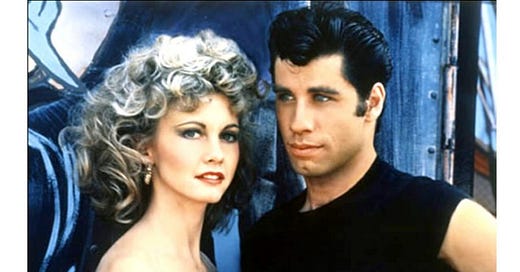


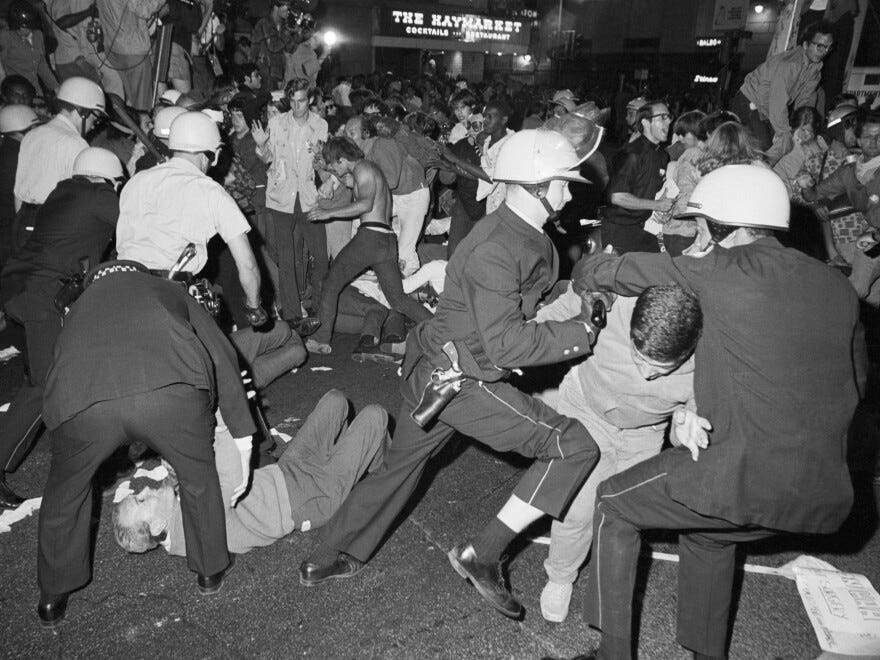
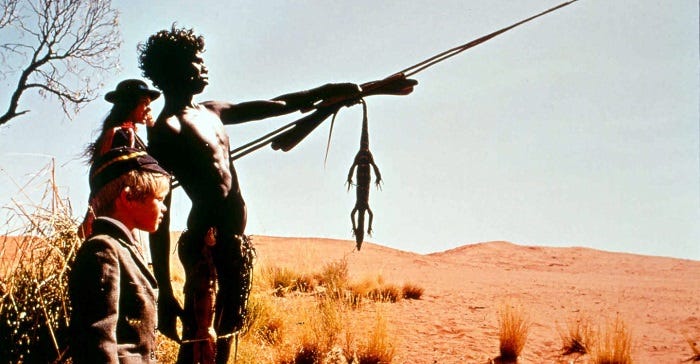
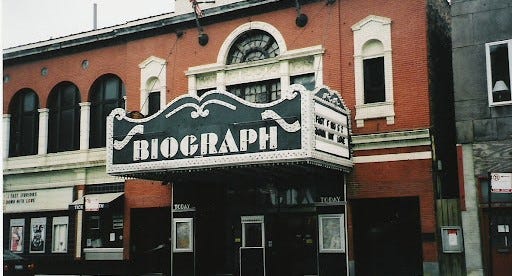
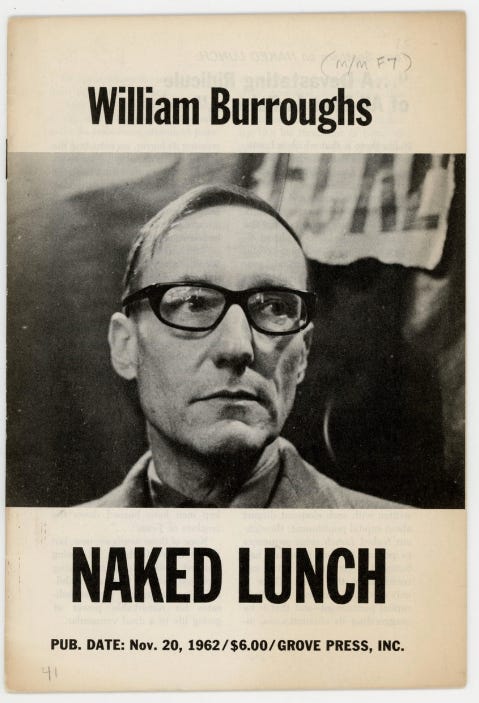
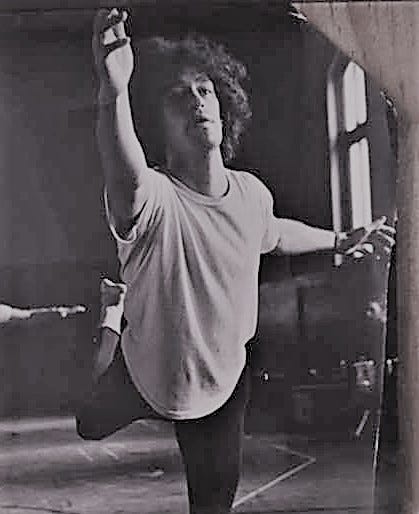
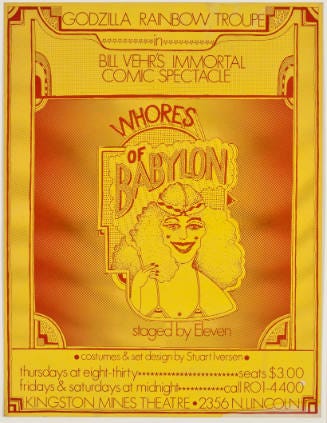
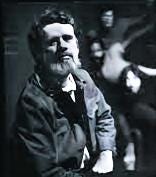
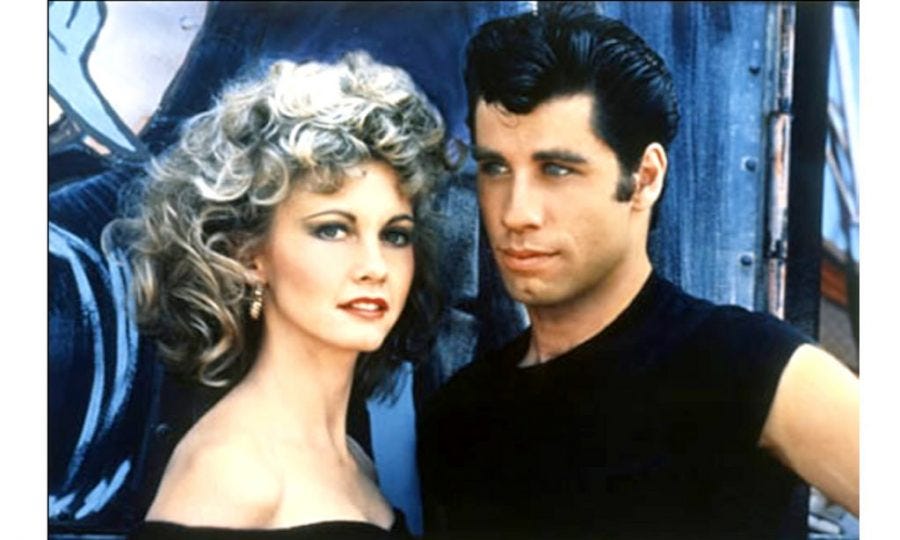

I love this so much having grown up in the very same neighborhood and hung out with many of the folks you write about. You may not know but Carol just passed away in Door County. And I found a typo hahaha
"Eugenie, a tony and leafy street"
Chicago, Chicago that wonderful town. Jazz, cheap eats, dance performances. MoMing where Sally Banes brought choreographers from the Big Apple and I met Kenneth King who I ended up performing with in NYC when I moved there